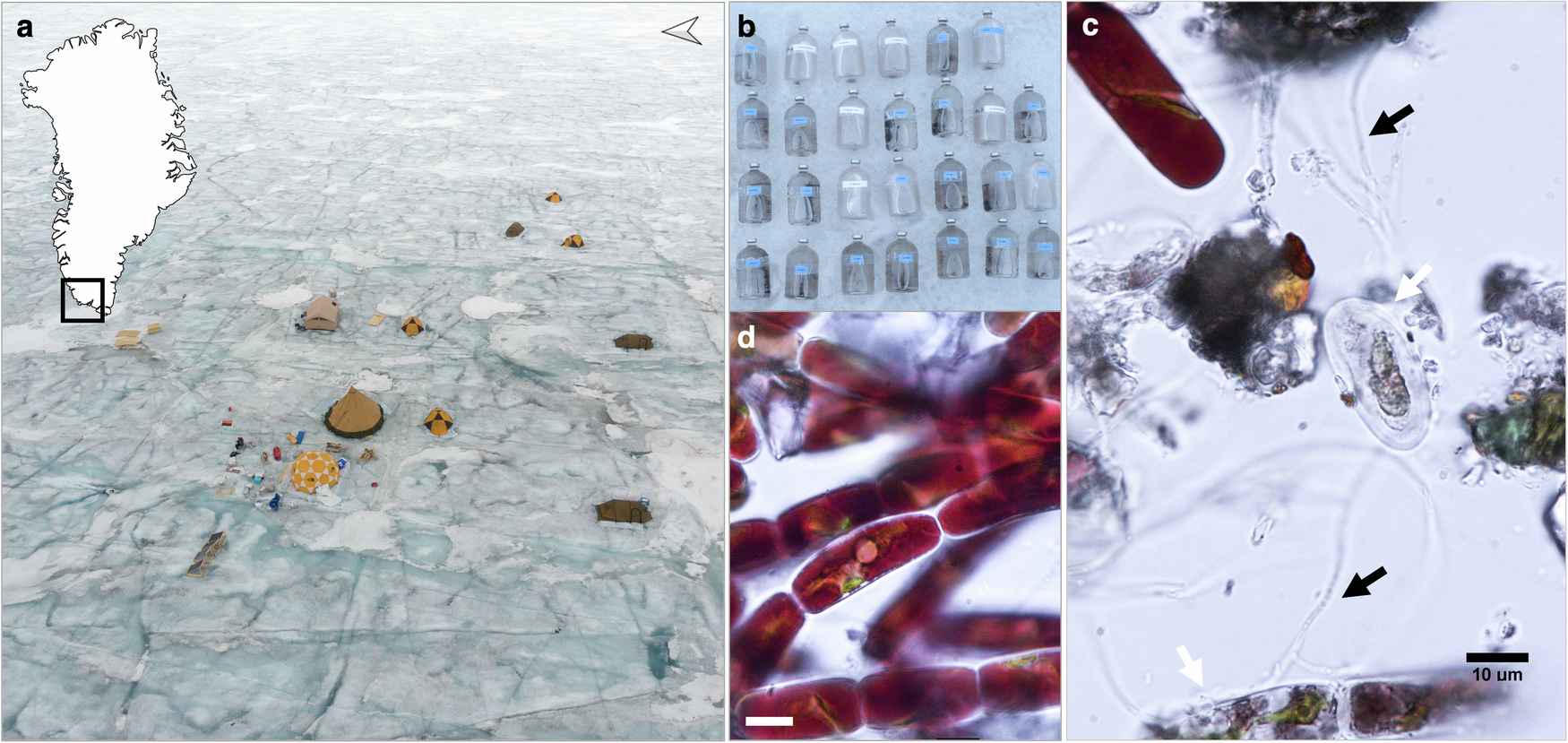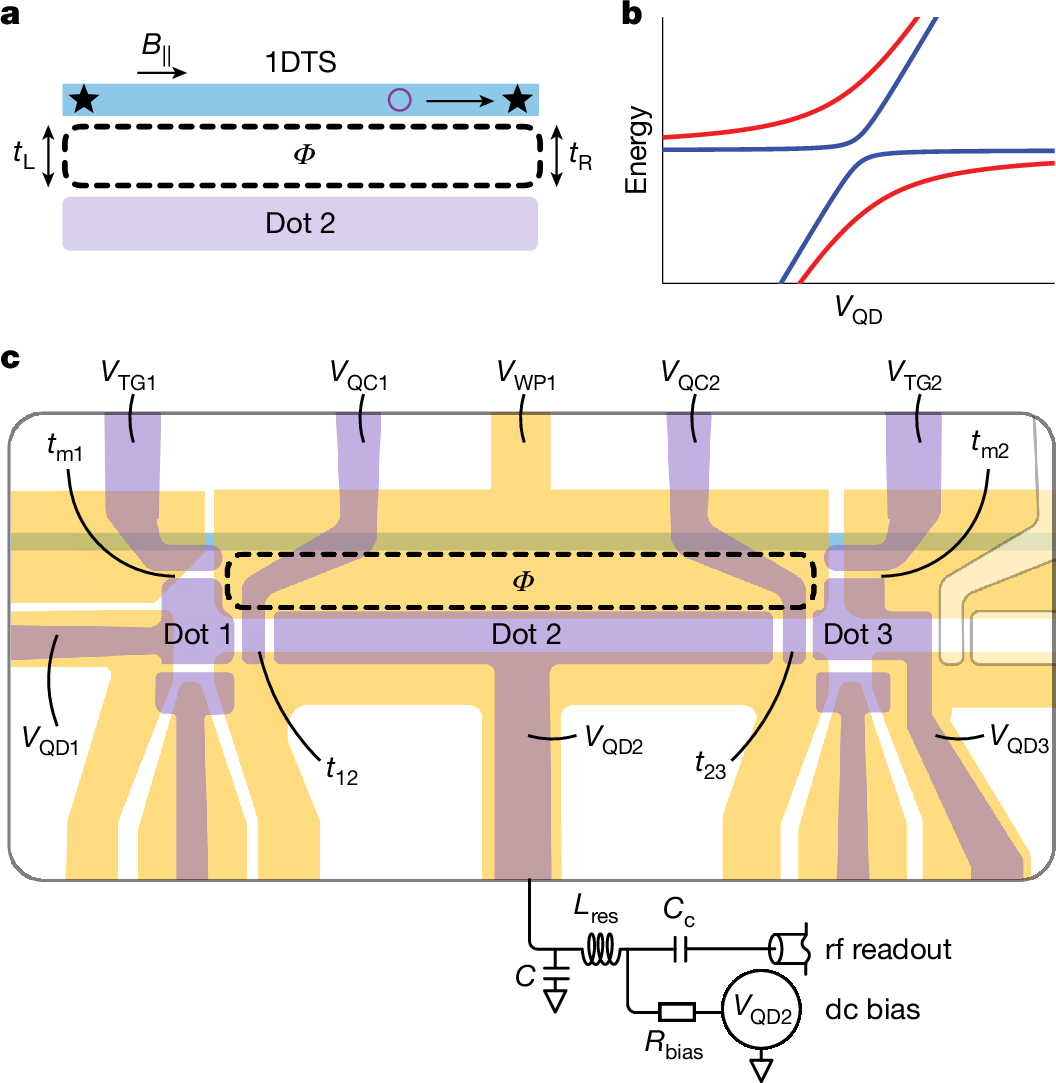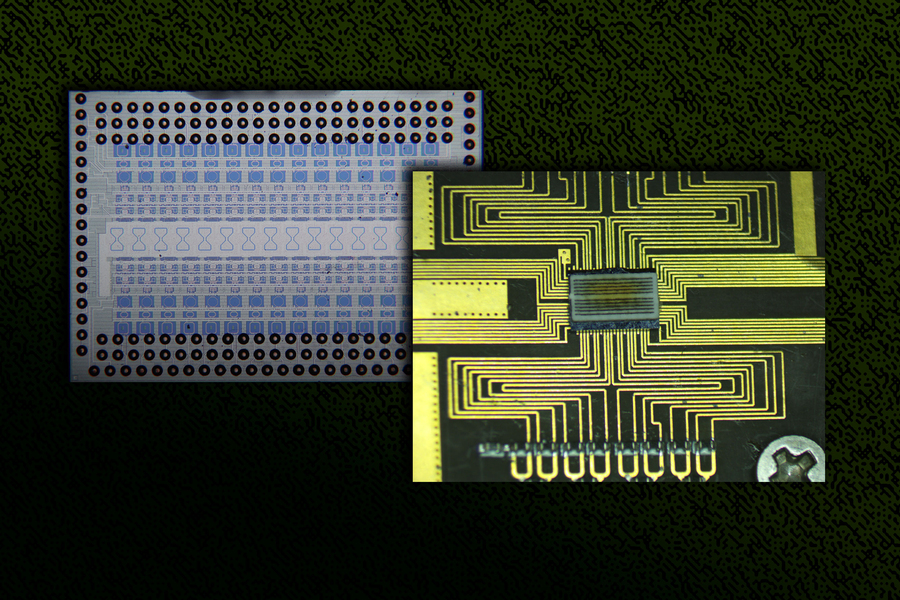2025-02-19 マックス・プランク研究所
<関連情報>
- https://www.mpg.de/24210086/0219-mbio-resilient-algae-may-speed-up-greenland-ice-melt
- https://www.nature.com/articles/s41467-025-56664-6
シングルセルイメージングにより、グリーンランド氷床を黒くする微細藻類の効率的な栄養取り込みと成長が明らかになる Single-cell imaging reveals efficient nutrient uptake and growth of microalgae darkening the Greenland Ice Sheet
Laura Halbach,Katharina Kitzinger,Martin Hansen,Sten Littmann,Liane G. Benning,James A. Bradley,Martin J. Whitehouse,Malin Olofsson,Rey Mourot,Martyn Tranter,Marcel M. M. Kuypers,Lea Ellegaard-Jensen & Alexandre M. Anesio
Nature Communications Published:19 February 2025
DOI:https://doi.org/10.1038/s41467-025-56664-6

Abstract
Blooms of dark pigmented microalgae accelerate glacier and ice sheet melting by reducing the surface albedo. However, the role of nutrient availability in regulating algal growth on the ice remains poorly understood. Here, we investigate glacier ice algae on the Greenland Ice Sheet, providing single-cell measurements of carbon:nitrogen:phosphorus (C:N:P) ratios and assimilation rates of dissolved inorganic carbon (DIC), ammonium and nitrate following nutrient amendments. The single-cell analyses reveal high C:N and C:P atomic ratios in algal biomass as well as intracellular P storage. DIC assimilation rates are not enhanced by ammonium, nitrate, or phosphate addition. Our combined results demonstrate that glacier ice algae can optimise nutrient uptake, facilitating the potential colonization of newly exposed bare ice surfaces without the need for additional nutrient inputs. This adaptive strategy is particularly important given accelerated climate warming and the expansion of melt areas on the Greenland Ice Sheet.



